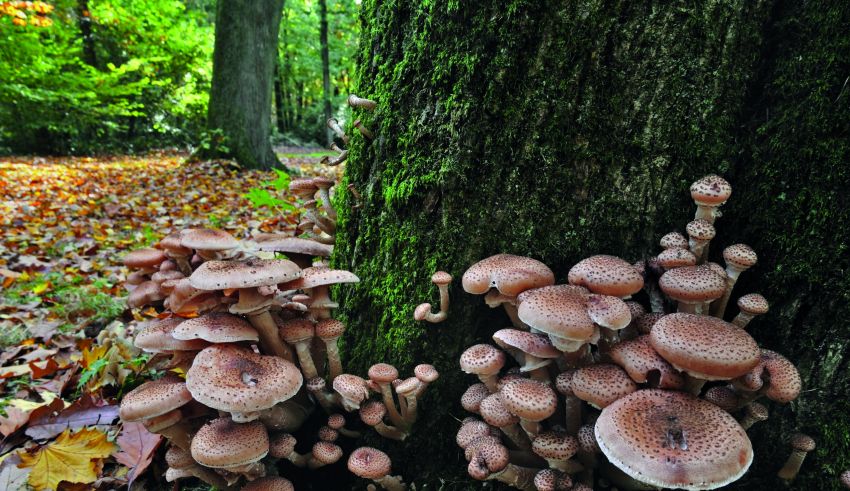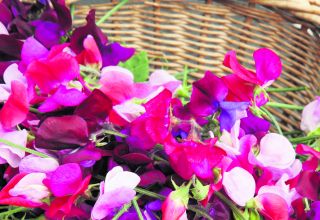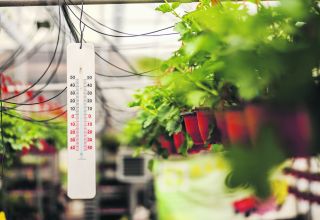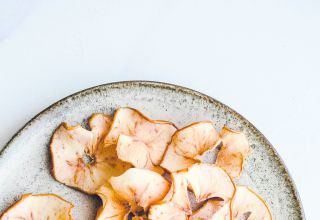
Honey fungus infection can be deadly for plants. New research suggests it is present in four out of ten gardens in the UK. If you discover it in your garden there are several options you can use to control the disease and prevent future infections from emerging.
The only way to control the deadly honey fungus is through garden hygiene.
Many gardeners will experience the infection this winter which can rapidly appear around dead stumps or diseased shrubs.
It is on the increase and has been for some time – spreading in any single garden on boots and wellingtons. There are different species of honey fungus which cannot be distinguished by the mushrooms they produce, but which differ in how deadly they are to plants.
It is safe to assume that an aggressive species is present when honey fungus has killed off otherwise healthy plants, and action needs to be taken to prevent spread of the fungus.
Noting the positions of affected plants (past and present) will also be useful in working out which area of soil is likely to contain the fungus and require treatment.
If an already weakened plant succumbs to honey fungus but no others seem affected, infection may have been caused by a less aggressive species. In such cases it may not be worthwhile to go to great lengths to eradicate the fungus from the garden, but instead it may be enough to maintain good plant health to prevent further plant deaths.
Remove sources of infection. Remove as much of the infected root system, stem/trunk material and associated soil as possible. Do not compost this but dispose of it by landfill or burning. If trees are affected, cutting them down to stumps will not remove the source of infection as the fungus can gain dead nutrients from dead wood and roots for many years.
Consider surrounding plants. In a hedge, remove one healthy plant to either side of the infected area as well. Plants showing no signs of infection but whose roots would be in contact with those of visibly infected plants are likely to have infected roots.
Install a plastic sheet barrier. Encircle the affected area with a vertical barrier made from an impermeable membrane, e.g. pond liner, to a depth of 18 inches which extends to two centimetres above the soil surface. This will prevent any fungal fragments from growing into other areas of the garden.
Leave the bed fallow. A period of one year without a food source will cause any remaining fungus to die off. Cultivating the soil regularly throughout this period will cut any growing fungus off from food sources and reduce its chances of survival.
Temporarily replant with grass. Replanting with turf could be considered as an alternative to a fallow period. These plants are expected to be less likely to support survival of the fungus, but this approach is not as risk-free as leaving the bed fallow.

What happens next?
Instead of replanting with trees or shrubs, consider using shorter-lived plants. Annual plants are rarely infected with honey fungus. Specific plants to avoid are strawberry and potato which are very susceptible to honey fungus. There are very few records of honey fungus affecting any member of the grass family. This suggests that ornamental grasses could be a good option for growing in areas of a garden where honey fungus is present,











